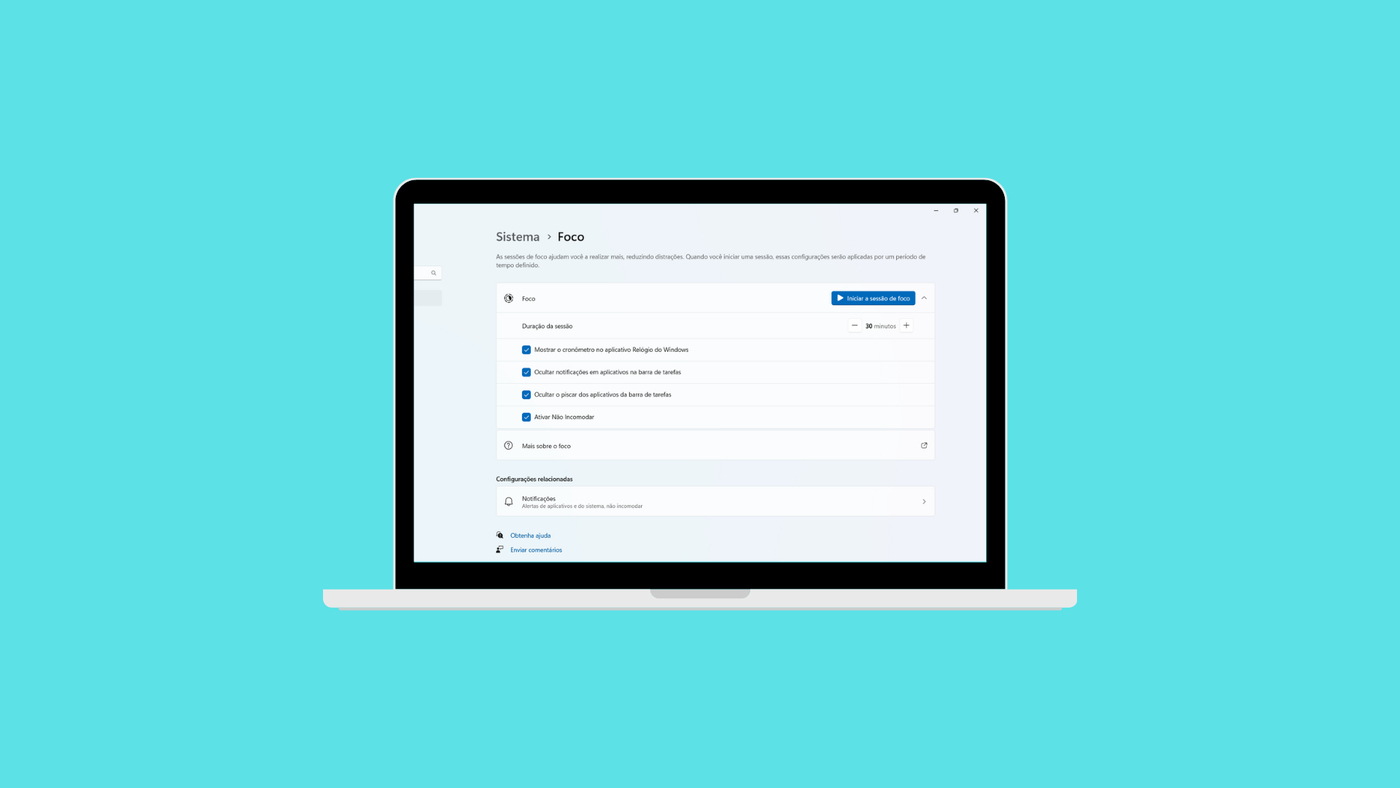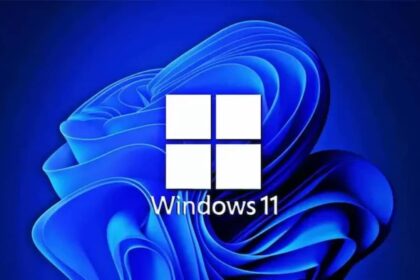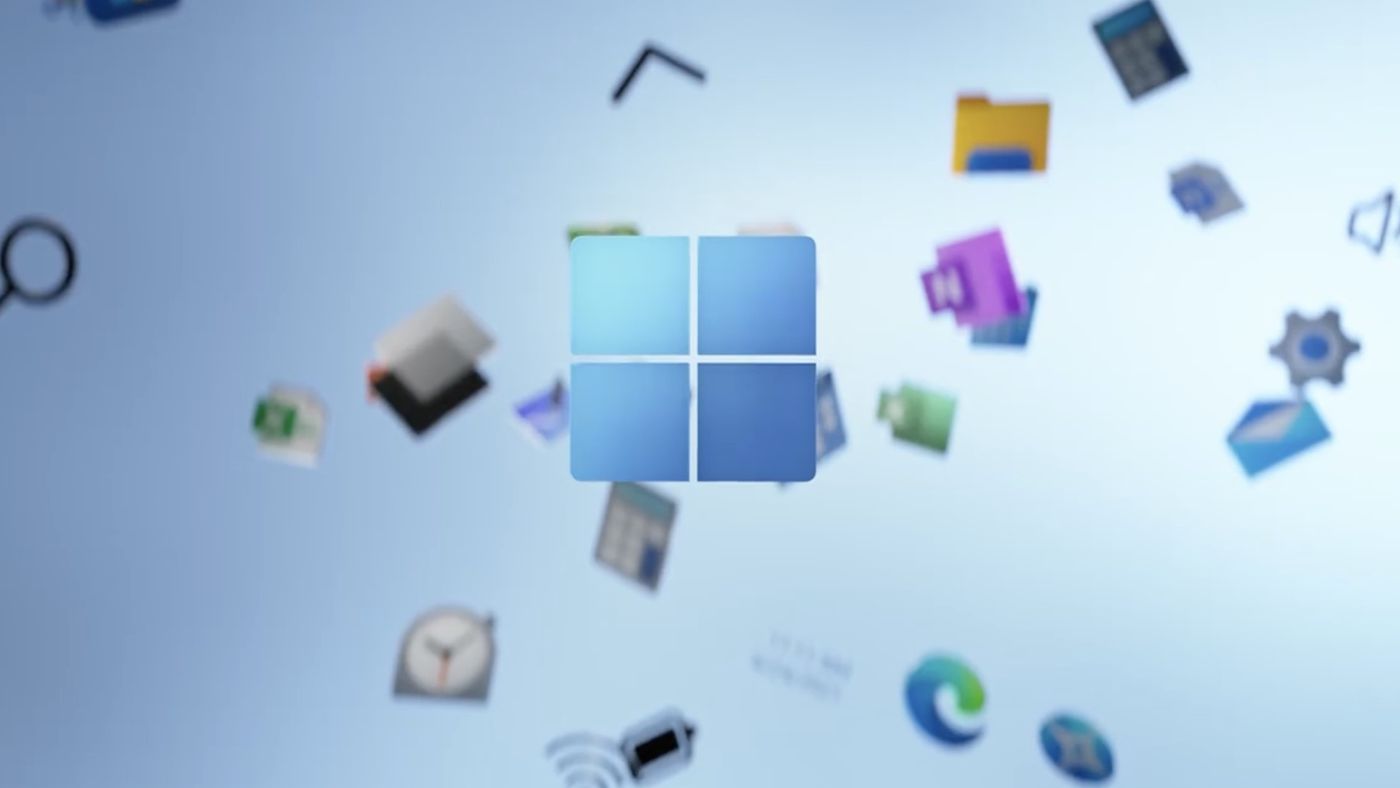Microsoft is urging consumers to replace computers incompatible with Windows 11 with new machines. This marks the first time the company has officially recommended that users upgrade to a new PC specifically for the latest version of Windows. The statement, which can be found on the manufacturer’s support page, has sparked controversy among the user community.
Earlier, Microsoft had already announced that support for Windows 10 will end in October 2025. This new recommendation for users to replace their existing devices has drawn criticism, as many see it as promoting the transformation of functional computers into electronic waste, which is viewed as both controversial and economically unwise. Here’s an excerpt from the statement:
“If you have devices running an unsupported version of Windows, we recommend that you upgrade them to a newer version that is still supported by Microsoft. If your devices do not meet the technical requirements to run a newer version of Windows, we recommend that you replace the device with a model that supports Windows 11.”
What will happen to Windows 10 PCs?
Although Windows 10 devices will stop receiving security and software updates in October next year, this doesn’t signify the end of their functionality. The devices will continue to operate normally, but users will face increased risks. Over time, computers running the previous version will become more vulnerable to viruses and malware, which will continue to evolve.
Without regular updates and patches, these systems may expose users to security threats, making it essential for those still using Windows 10 to consider upgrading to a more secure version to protect their data and overall system integrity.
Is it mandatory to change the computer?
While the manufacturer recommends replacing desktops incompatible with Windows 11, this replacement is not mandatory. Devices will continue to function as usual; however, to maintain security, users have several alternative options.
One option is to switch to Linux, a free operating system known for its customization and strong emphasis on privacy. However, users should be prepared for a learning curve as they adapt to the new interface, usability differences, and the availability of applications and games.
Additionally, users can opt to purchase extended support for Windows 10, which is available at a cost of $61 per year. This option allows for continued protection against security threats, extending the coverage period while users consider their next steps.












Yeah yeah, Microsoft wants us to do a lot of things.